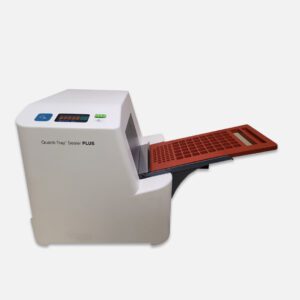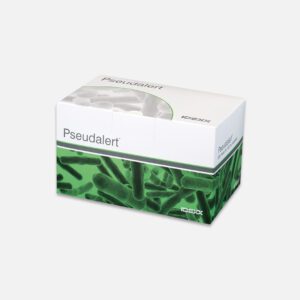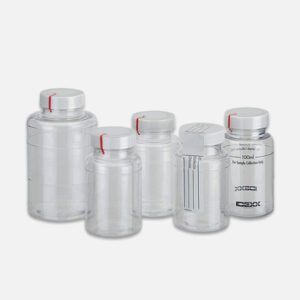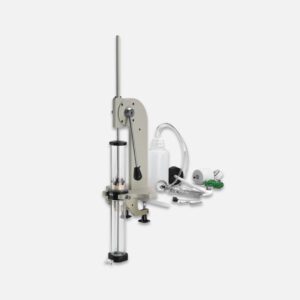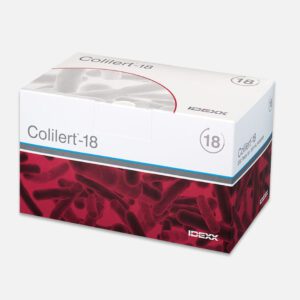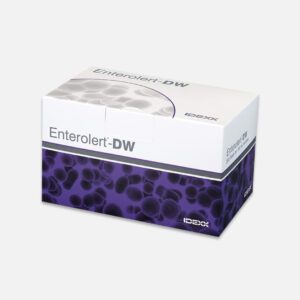Description
Overview
With the Filta-Max xpress system you can process samples in two minutes or less with the push of a button.
Automated precision
- Offers fully automated elution.
- Operates with the push of a button.
- Requires minimal equipment.
Superior processing
- Requires very little hands-on time.
- Provides the fastest sample processing available.
- Takes 2 minutes or less per sample, regardless of
sample matrix.
Its cost effective
- Reduces labor.
- Minimizes user variability with automation.
- Requires minimal training.
- Promotes higher productivity in your laboratory.
Filta-Max xpress makes sampling easy.
The Filta-Max xpress system offers a variety of sample collections (PDF) and processing choices. Simply choose the option that works best for you.
Science
How the Filta-Max xpress system works
The Filta-Max xpress system has utilized IDEXX expertise in foam filtration technology to create a breakthrough in Cryptosporidium and Giardia capture and recovery.
While retaining all the benefits of foam technology, the new filter has been specifically designed to:
- Effectively capture and recover oocysts and cysts from a wide range of turbid matrices.
- Dramatically simplify the processing portion of the test, saving time and labor.
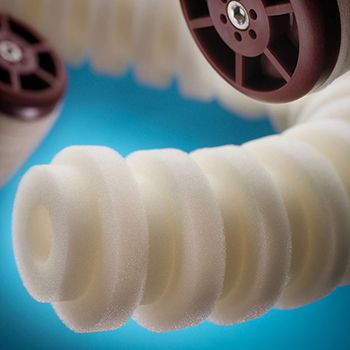
Filter module: The filter module is constructed of 40 reticulated foam discs with a diameter of 5.5 cm (with an 1.8 cm diameter hole), and 39 discs with a diameter of 4.0 cm (also with an 1.8 cm diameter hole). All the discs are 1 cm in depth.
Filter housing: The filter is placed in a reusable filter housing for sampling.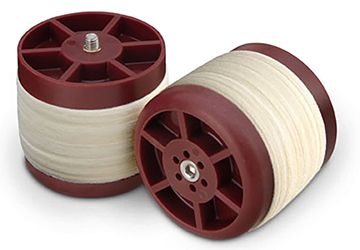
Sampling process: During the sampling process, the outer region acts as a prefilter and the inner core as a barrier. As a result, the majority of target organisms become trapped at the interface between the inner and outer regions, with larger particulates caught in the prefilter.The Filta-Max xpress system uses air pressure to force a specifically designed elution buffer through the filter.The action of the buffer, along with the shear forces generated inside the filter, result in the fast, efficient elution of target organisms from the filter matrix.
Frequently asked questions
Is the Filta-Max xpress system accepted by the U.S. EPA?
Yes, the Filta-Max xpress system is accepted by the U.S. Environmental Protection Agency (EPA) under Methods 1622 and 1623.
- Office of Ground Water and Drinking Water Standards and Risk Management Division; January 11, 2007
What volume remains in the housing after sampling?
Typically there might be between 0 mL–50 mL remaining in the housing after sampling. This is purged from the housing during the first cycle of the elution.
Can I use my existing Filta-Max MKI housing and my housing with hosetail fittings with the Filta-Max xpress system Pressure Elution Station?
You can use only Filta-Max housings (MKII) with the correct fittings with the Pressure Elution Station. You can use Filta-Max MKI housings and Filta-Max MKII housings with hosetail fittings for field sampling; however, you should place the filter modules in an MKII housing with appropriate fittings for the elution process.
Can I convert my MKII housings for use with the Filta-Max xpress Pressure Elution Station?
Yes. IDEXX provides a kit that includes a QF stem and a QC body that you can fit onto the MKII housing. IDEXX also provides a sampling kit that you can attach to the sampling hose to aid in the quick attachment of the filter housing.
Which pressures do you recommend for use with the Filta-Max xpress Pressure Elution Station?
- Minimum input pressure: 65 psig (4.5 bar)
- Maximum input pressure: 150 psig (10.3 bar)
- Working pressure: 72.5 to 116 psig (5 to 8 bar)
Can you suggest transport containers for the Filta-Max xpress filter module after sampling?
The Qorpak plastic 8 oz jar can be used to transport the filters. VWR cat # 36318-860. The Qorpak cat # is PLC-4DK0182AWNA6C9 3823.
Can I purchase the Swagelok fittings elsewhere?
Yes, they can be purchased directly from Swagelok.
Qorpak is a registered trademark of All-Pak, LLC. Swagelok is a registered trademark of the Swagelok Corporation.
What is the final volume after elution?
The final volume is 400 mL–450 mL.
Are there any integrity effects on the oocysts and cysts?
IDEXX performed experiments with various ages of oocysts and cysts, and did not see any changes to the morphology or mophometry.
Do you see more consistent or higher recoveries with the Filta-Max xpress system?
Recoveries are equivalent to, or higher than, Filta-Max and show a higher degree of precision.
Does the Pressure Elution Station require calibration?
The machine is calibrated at point of manufacture and does not require recalibration thereafter. There are low- and high-pressure gauges that can be used to check the pressure. The high-pressure gauge should read 5 bar and the low-pressure gauge should read 0.5 bar.
How robust is the Pressure Elution Station?
IDEXX has carried out a mean time between failure analysis and seen that even at 85,000 cycles, the elution station was still functioning correctly.
Can I modify the product to accommodate 2 X 250-mL centrifuge tubes?
Although the Filta-Max xpress system has been optimized to use a total elution volume of 400 mL–450 mL contained within a 500 mL centrifuge tube, IDEXX has validated the use of 2 X 250-mL centrifugation at 1500 X g for 15 minutes as an alternative procedure. IDEXX suggests that laboratories validate this alternative procedure before adopting it.
How should I clean the QC body on the Pressure Elution Station?
You can clean the QC stem with an alcohol wipe; however, positive pressure is used to elute so there is very minimal risk of cross-contamination.
How should I clean the pressure chamber after each run?
You should run reagent water through the elution station after the last elution cycle of the day.
Does the lid on the buffer carboy fit onto a larger volume carboy?
The lid is interchangeable with a larger carboy with an 83-mm diameter closure.
What is in the elution buffer used in the Filta-Max xpress Pressure Elution Station?
The Filta-Max xpress buffer is Phospate Buffered Saline with Tween 20 (PBST). You can find directions on how to prepare this PBST elution buffer on page 5 of the Filta-Max xpressOperators Guide (Biological) .
Can I split the sample in two after elution?
Yes, this is possible.
Is there a chance for cross-contamination when using the Filta-Max xpress Pressure Elution Station?
The elution station uses positive pressure to elute the oocysts and cysts from the filter module, minimizing the risk of contaminating the unit itself. IDEXX supplies five outlet diverters with each elution station so your laboratory can switch diverters between samples. You can clean these manually or in an autoclave. IDEXX has researched the possibility of cross-contamination by using high spikes of target organisms (e.g., 106) and there has not been any evidence of cross-contamination.
Which matrices has IDEXX used in developing Filta-Max xpress system?
IDEXX has experimented with challenging matrices from a wide range of geographical locations.
When centrifuging a larger volume, such as 400–450 mL, is there anything I should take into consideration to maximize recovery?
It is advisable to minimize vibration, balance the centrifuge and use a slightly higher centrifuge speed (2000 g).


